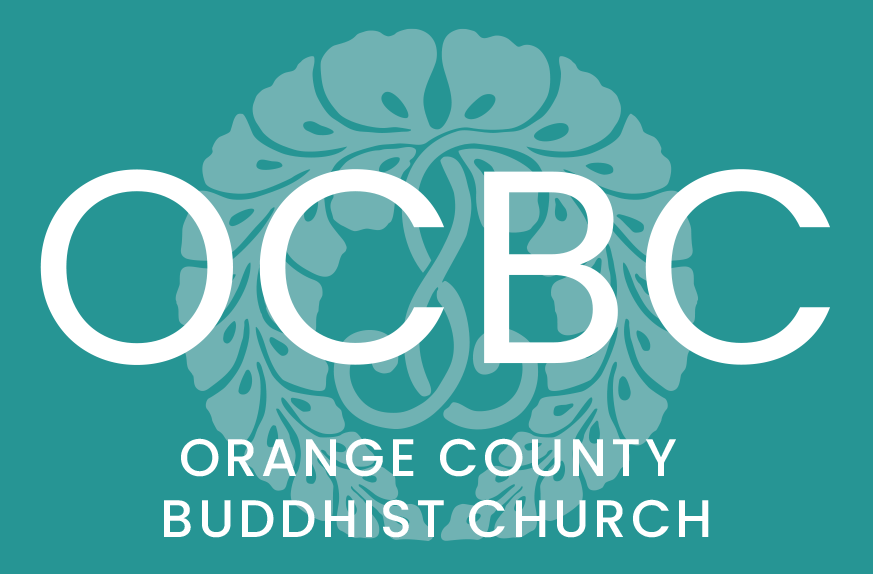Mantras & Speech Act Theory
We often think of “Namoamidabutsu” as the “Name”, but this can be confusing because it begs the question, the “Name” of what? That is, we begin looking for a noun as a person, place or thing. Rather than thinking of Amida Buddha, the Pure Land and the Nembutsu in this way, we could instead think of it as a relationship. One that has been gifted to all of life. It is not something earned and there is no way in which one can be excluded from it. Thus, insight is not a being problem but a seeing problem.
So how do we see or feel this relationship in our everyday lives? We do it through sound. A sound that resonates throughout our heart and mind, but this requires a new way of appreciating speech.
In the modern West, we have often assumed that religion is a fundamentally [silent] phenomenon. … [But] there is another story, however. … Anything significant can be articulated.[1]
This is the goal of the book Understanding Mantras and the theory of Speech Acts. Indian spirituality has always relied on the emotional power of the spoken word. These are called mantras.
… A mantra is ‘a machine for thinking.’ That is, the mantra is not a set of words you create to express a thought. Rather, it is something passed down to you from a privileged source of authority that you recite in order to generate a thought. [2]
Mantras are hard to precisely define because they have so many uses in India other than naming things.
Much of the modern confusion over mantras results from the controversy as to their inherent meaningfulness or meaninglessness. The root of the problem is the modern view of language, as commonly adopted. Whereas, in the Indian tradition, language is thought to be truly and most fully experienced in its oral form, the modern view tends to restrict language to the printed word and then analyze it for a one-to-one correspondence with objective reality.[3]
But for our purposes we will focus on their spiritual significance. Rather than focusing on the information contained in a phrase, a speech act is considered successful by its emotional content. This is much different than how we analyze meaning in the West.
[Speech Act Theory] stresses that making an utterance does not merely express some idea but, invariably, involves accomplishing some purposeful act. To speak is to intend to produce some effect by means of your utterance, usually upon the hearer. [4]
With this understanding of language as something that is experienced, we can begin to better understand the mantra in this way.
The crucial difference between this way of viewing language and most other theories is that, by speech act analysis, an utterance is evaluated not just from the standpoint of whether it is meaningful or meaningless but also according to whether it is successful or unsuccessful. [5]
In other words, “Namoamidabutsu” is not a message. It’s meaning is not in the translation but within the pronunciation. The meaning is contained within the utterance itself. It is performative. It is an activity not a declaration.
It is much like the phrase “I love you” which also communicates a state of mind. It is both an emotion and an experience. It has an overwhelming effect on both the speaker and the listener. It acknowledges a shared reality between two people. As does “Namoamidabutsu” between the speaker and reality itself. An oral tradition that dates all the way back to the Buddha’s India.
Traditional Indian society is predicated on its belief in the efficacy of the well-spoken human word and the well-made ritual gesture. [6] … Language is not something with which you name something; it is something with which you do something.[7]
Namoamidabutsu, Rev Jon Turner
[1] Harvey P. Alper, “The Cosmos as Siva’s Language Game: ‘Mantra’ According to Ksemaraja’s Sivasutravimarsini,” in Harvey P. Alper, ed., Mantra. (New York: State University of New York Press, 1989), 283.
[2] Wade T. Wheelock, “Mantra in Vedic and Tantric Ritual,” in Harvey P. Alper, ed., Mantra. (New York: State University of New York Press, 1989), 100.
[3] Harold Coward, “The Meaning and Power of Mantras in Bhartrhari’s Vakyapadiya,” in Harvey P. Alper, ed., Mantra. (New York: State University of New York Press, 1989),167.
[4] Wade T. Wheelock, “Mantra in Vedic and Tantric Ritual,” in Harvey P. Alper, ed., Mantra. (New York: State University of New York Press, 1989), 99.
[5] John Taber, “Are Mantras Speech Acts?,” in Harvey P. Alper, ed., Mantra. (New York: State University of New York Press, 1989), 154.
[6] Harvey P. Alper, “Introduction,” in Harvey P. Alper, ed., Mantra. (New York: State University of New York Press, 1989), 14.
[7] Harold Coward, “The Meaning and Power of Mantras in Bhartrhari’s Vakyapadiya,” in Harvey P. Alper, ed., Mantra. (New York: State University of New York Press, 1989),166.

